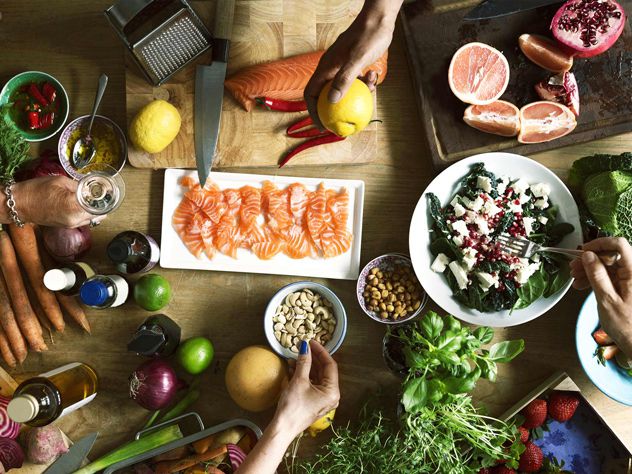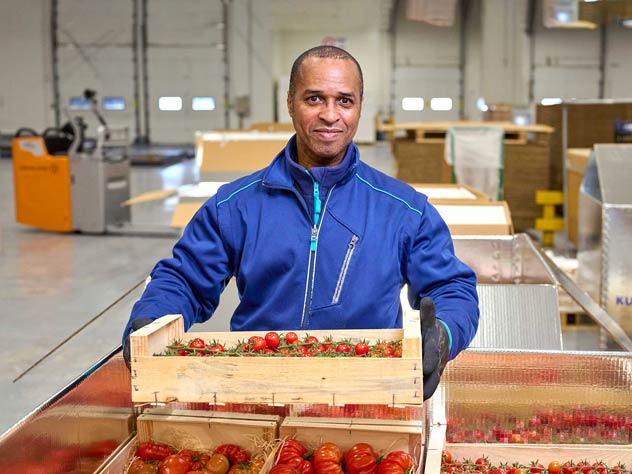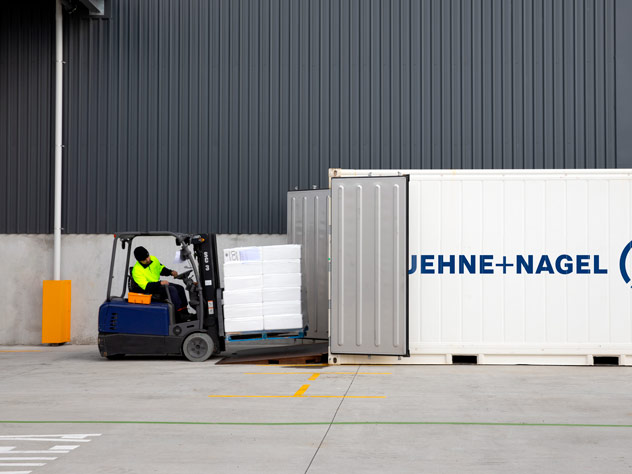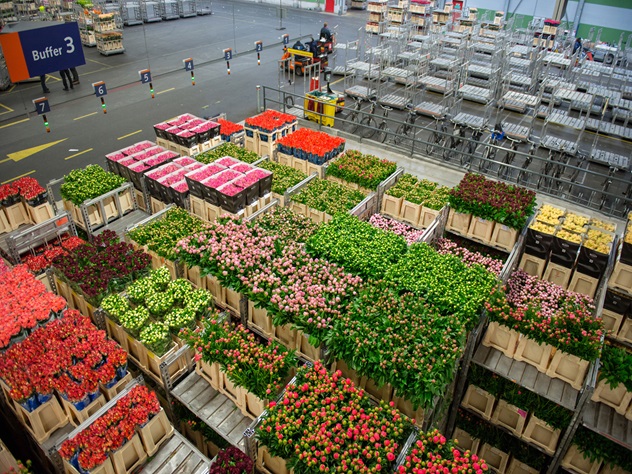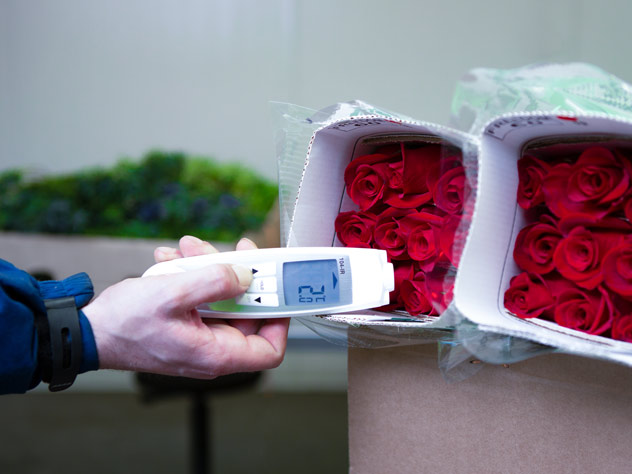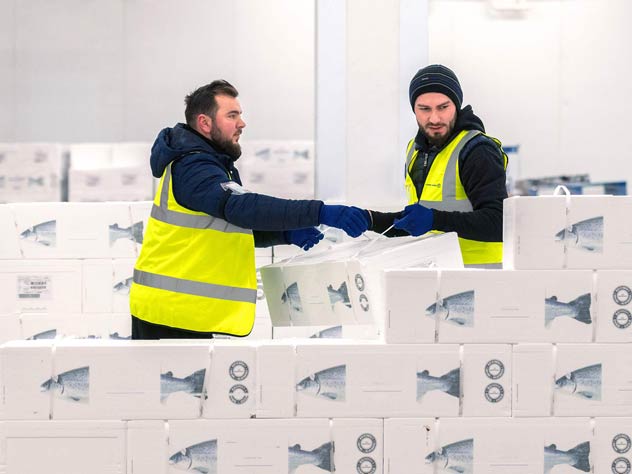Back Food waste prevention in fresh produce logistics
Market Insights
Food waste prevention in fresh produce logistics
From farm to table, fresh produce can be lost or wasted at every step of the journey.
However, there is one important distinction to make when food is thrown away: If grapes get squished and discarded when they are being transported from the field to a supermarket, then we talk about food loss. If grapes are squished when bringing them home from the grocery store and then thrown out, that is called food waste.
Hence, food loss takes place at the production farm and in supply chain while food waste happens at home, at the grocery store or in the restaurant, for example.
So, if food waste happens from the retail level onward, why should we even talk about food waste in logistics?
“In logistics, when we talk about food waste, we are actually referring to our efforts aimed at preventing it on the consumer side”, says Kuehne+Nagel’s Global Perishables Development Director Air Logistics, Natasha Solano. "Food loss is a rare case during transportation”.
Keep it fresh: A look up the supply chain
Preventing food waste is a topic many industries are talking about, from tech start-ups developing food sharing apps to retail providers that buy and sell produce that does not have the perfect looks.
For the logistics industry, let’s begin with soft grapes.
If you bite into a grape that you expect to be crisp and juicy and instead it is soft and dull, those grapes are likely to end up in the bin — food waste. However, prior influences along the supply chain, such as temperature controls, handling procedures or infastructure storing capabilities, help maintain and maximise the grape’s shelf life. When these controls are carried out methodically, they preserve the freshness of the grape and therefore the likelihood it will be eaten.
And that is a subtle, yet important win for food waste prevention.
At Kuehne+Nagel, we developed a global food safety and quality standard solution to do this. Our KN FreshChain solution standardises the handling of perishables in alignment with specific national, continental and global regulations.
However, temperature controls, handling procedures and well-designed infastructure are only the tools that keep our food fresh on the way to the store. You need people to yield the tools to make them powerful.
Keep it clear: Building awareness in the supply chain
The efforts of getting fruits and vegetables from field to market is the responsibility of many individuals and industries. Awareness of how food products are being produced, handled, transported, packaged, sold and to whom increases the transparency along the supply chain in how our food is moving throughout the world.
Here, a logistics partner can offer the right support to build that awareness. Our KN FreshChain certification is a training for our employees to work within a standardised process when caring for perishable goods. They are trained on the unique requirements of the products they are moving from temperature controls and handling to reporting abnormalities in a timely matter.
Here’s how that plays into food waste prevention:
If a fruit or vegetable comes in affected condition or even damaged into our care at the warehouse level, our certified KN FreshChain warehouse staff knows to flag it. This gives the customer a chance to re-route their produce to a different market or possibly sell at a different price. Discarding the food goes from being the only option to one of many and therefore increasing the likelihood that less-than-fresh or even damaged produce can be re-purposed.
Two takeways: Food waste prevention in perishable logistics
Food waste prevention is a collective effort that extends across the supply chain down to the end consumer. If a bunch of grapes gets eaten because every single one was juicy and delightful, two things likely happened in an earlier link of the supply chain:
- the temperature, handling and storage controls maintained and maximised their shelf life
- the people caring, checking and placing those grapes onto the next supply chain touch point were aware of one important thing:
In perishables, minutes and crispy grapes matter.



